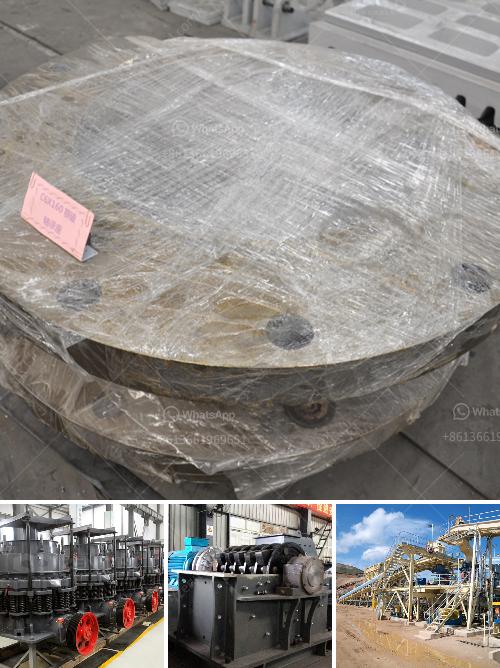Manufacturing marble powder with a mesh size of 1000 involves several steps, including crushing, grinding, and sieving the marble to achieve the desired fine particle size. Here’s a general outline of the process:
-
Raw Material Selection:
- Choose high-quality, pure marble to ensure the powder will have the desired physical and chemical properties.
-
Primary Crushing:
- Use a jaw crusher or a similar device to break down the large marble chunks into smaller pieces. This helps in managing the material better for subsequent grinding.
-
Secondary Crushing and Grinding:
- Use a hammer mill or another suitable grinding machine to further reduce the size of the marble particles.
- Continue grinding until the particles are small enough to pass through a coarse mesh screen (e.g., 100-200 mesh).
-
Fine Grinding:
- Employ a ball mill, vertical roller mill, or another advanced grinding machine to further refine the marble pieces into a finer powder.
- Utilize additives if necessary to prevent clumping and ensure uniform particle distribution.
-
Screening and Sieving:
- Use a high-frequency vibrating screen or an air classifier to sieve the ground marble powder.
- Ensure the equipment is capable of producing and separating particles to achieve the 1000 mesh size (which is approximately 15 microns).
-
Quality Control and Packaging:
- Conduct particle size analysis (such as laser diffraction) to confirm that the powder meets the 1000 mesh size requirement.
- Package the finished marble powder in airtight containers to prevent contamination and moisture absorption.
Safety and environmental considerations should be taken into account at every stage to mitigate dust and waste. Compliance with local regulations and standards is also crucial throughout the manufacturing process.


